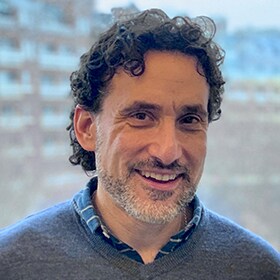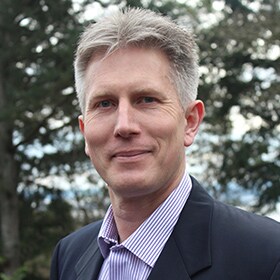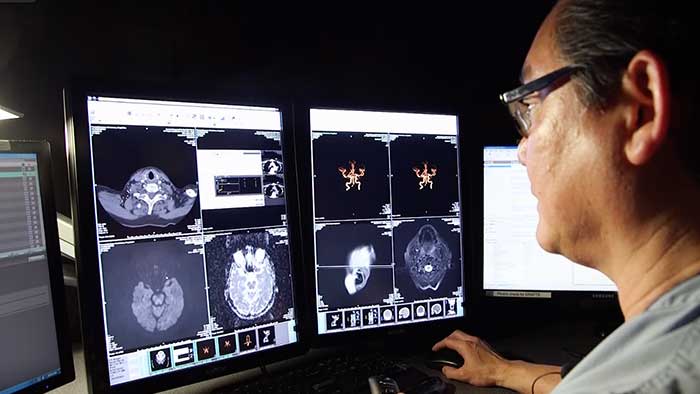Podcast: The impact of patient no-shows:
What the data can tell us
Every healthcare service deals with the challenge of patients who, for whatever reason, don’t show up for appointments. In imaging, the issue is particularly significant. No-shows disrupt workflow and compromise expensive equipment and staff utilization. And beyond the obvious financial impacts, patient no-shows can have detrimental clinical ramifications, potentially delaying diagnosis and treatment. A unique research collaboration between Dr. Puneet Bhargava at the University of Washington and Dr. Christopher Hall at Philips dug into the data around no-shows. In this podcast you’ll hear about the surprising things they learned as well as some innovative approaches to addressing the problem.
Podcast on the impact of the patient no-shows
About the speakers

Marc Kerachsky
Senior Director, Marketing
Philips Diagnostic Imaging

Puneet Bhargava MD, FSAR Director, Gastrointestinal Imaging Body Imaging Radiologist, University of Washington School of Medicine Hospitals Editor, Current Problems in Diagnostic Radiology
Dr. Puneet Bhargava is Professor of Radiology at the University of Washington in Seattle, Washington. His current work is focused on data analytics, radiology operations, organizational psychology, and leadership. Clinically he is an expert in gastrointestinal and hepatobiliary imaging. Dr. Bhargava enjoys writing, teaching, collaborating, mentoring, and all aspects of the publications process. He is always looking to incorporate new business ideas to enhance the radiology practice, learning new ‘lifehacking’ skills, listening to audiobooks, spending time with his family, and experimenting with new fitness techniques.

Christopher Hall, Ph.D.
Innovation Leader
Philips Radiology Solutions
Dr. Christopher Hall leads a team of advanced imaging experts and data scientists in Philips’ Radiology Solutions Business, where their role is to develop leading-edge solutions to drive operational, clinical and economic improvements in imaging enterprises. Dr. Hall earned his Ph.D. from Washington University in Biophysics. He has co-invented more than 15 US patents and authored or co-authored over 90 peer-reviewed papers and 100 scientific presentations. His work has covered the breadth of the Imaging and Radiology space, including fundamental research, image processing, imaging acquisition, informatics, departmental workflow efficiency and development of end-to-end clinical applications.
Related links
Banner Health: Unlocking value, improving efficiency enterprise-wide
Banner Health was looking to optimize radiology departments across its enterprise – to enhance productivity, improve patient and staff experience, and deliver value-based care.

Boston Medical Center: Forging a path to data-driven radiology practice management
BMC’s Radiology Department has been able to improve its own operations and workflow as well as impact performance of the entire facility, which receives more than 1 million patient visits per year.
Improving patient flow with radiology informatics
See how imaging patient flow has been improved through radiology informatics that influenced MRI protocols at Phoenix Children’s Hospital.



